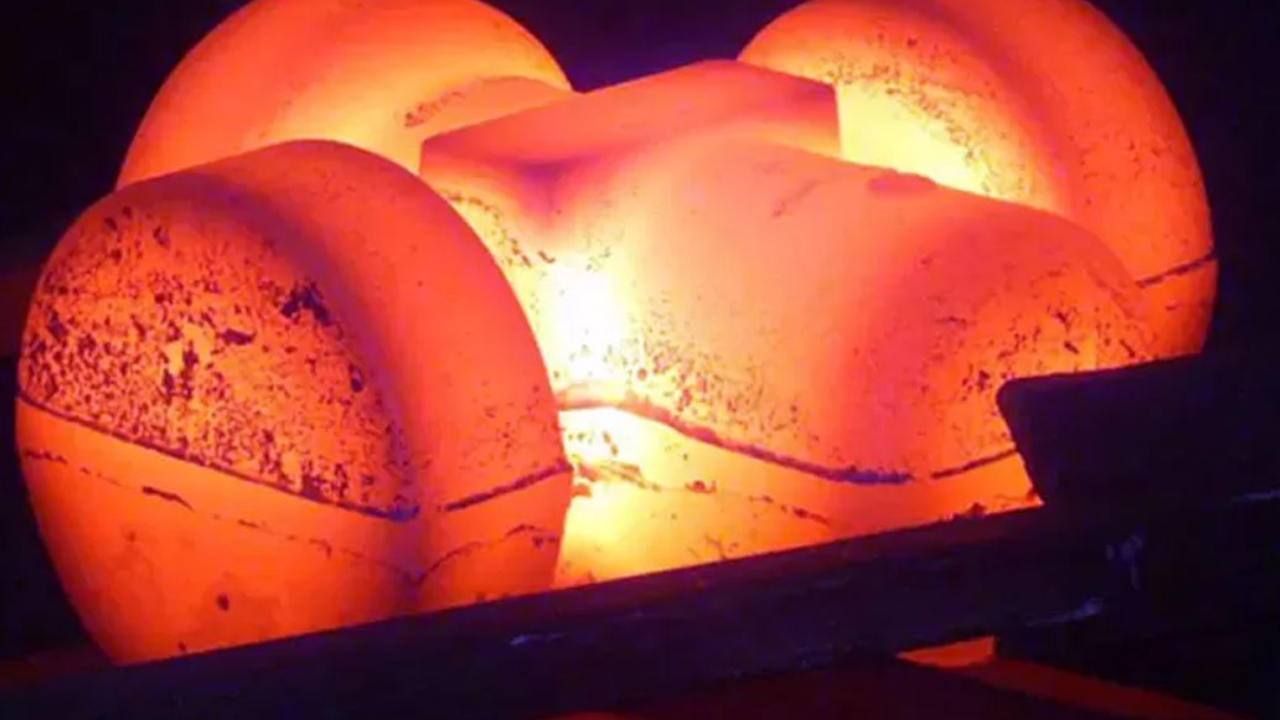Theodora is a business woman who has made it her life's work to help others achieve success. She has been an entrepreneur since she was young, and has always been drawn to businesses that have the ability to help others. She started her first company when she was just a teenager, and has never looked back since and she like shopping too.

Cold forging is a metal-forming process that uses no heat to shape metal at or near room temperature. Cold forging, as opposed to hot forging, is based on the plastic deformation of the material under significant pressure. Aluminum, brass, and various steel alloys are common cold-forging metals.
The procedure usually entails the use of powerful dies and punches to deform the metal into the desired shape. Cold forging benefits include higher material strength, improved surface quality, and exact dimensional precision. It is a low-cost manufacturing technology that is ideal for the high-volume manufacture of components, including nuts, screws, and automobile parts.
Because there is no heat involved in the process, material waste and energy usage are reduced, making cold forging an environmentally responsible solution. This article will help you know what is cold forging and what the sustainability measures of cold forging are. Cold forging is frequently used in industries such as automotive, electronics, and construction due to its effectiveness in generating high-quality, finely formed parts.
Sustainability Measures in Cold Die Forging
Cold die forging, a metal forming method performed at or near room temperature, has tremendous potential for manufacturing sustainability. Understanding and executing sustainability strategies in cold die forging has become critical as the industry prioritizes eco-friendly processes. This comprehensive essay investigates several ways to improve cold die forging’s environmental performance.
Energy Efficiency in Cold Die Forging
Optimized Machine Design
The design of forging machinery is the first step in improving the energy efficiency of cold die forging. Using modern technology, such as servo-driven systems, helps optimize energy use by providing electricity exactly where and when it is required. This reduces idle time and total energy waste.
Variable Speed Drives
Using variable speed drives in forging equipment gives you more control over your energy consumption. These drives enable modifications based on the forging process’s requirements, resulting in a more energy-efficient operation.
Advanced Lubrication Systems
To reduce friction and facilitate material flow, efficient lubrication is critical in cold die forging. Precision spray systems, for example, not only improve the forming process but also contribute to energy savings by reducing excessive lubricant consumption.
Material Utilization in Cold Die Forging
Near-Net Shape Manufacturing
Cold die forging is intrinsically efficient in terms of material utilization because it frequently allows for near-net form or net-shape manufacture. This reduces the need for further machining procedures, decreasing material waste as well as the energy required for secondary operations.
Material Selection for Sustainability
Material selection is critical to the long-term viability of cold die forging. Choosing recyclable materials and alloys with little environmental effect contributes to a cradle-to-cradle approach in which materials can be recycled and reused throughout their existence.
Scrap Recycling Programs
Scrap recycling programs ensure that any material waste produced during the cold die forging process is recovered and recycled. This closed-loop strategy corresponds with sustainability goals by lowering the demand for new raw materials and minimizing the environmental impacts of extraction and processing.
Waste Reduction and Environmental Impact
Closed-Die Forging Techniques
Certain cold forging closed-die forging procedures help to reduce flash creation – extra material that leaves the die during the forging process. Manufacturers can achieve a higher material economy and generate less waste by decreasing flash, contributing to a more sustainable manufacturing process.
Optimized Die Design
Precision die design is essential in cold die forging to reduce material waste and achieve tight tolerances. Manufacturers can optimize die designs, decrease wasteful material loss, and improve the overall efficiency of the forging process by using computer-aided design (CAD) and simulation tools.
Lean Manufacturing Principles
Using lean manufacturing principles in cold die forging emphasizes waste elimination throughout the manufacturing process. This includes methods such as continuous improvement, waste stream mapping, and effective resource utilization, all of which contribute to a more sustainable and streamlined operation.
Technological Innovations and Sustainable Practices
Advancements in Lubricant Technology
Lubricant technology research and development is focused on developing eco-friendly lubricants with low environmental effects. Sustainable options that can be utilized in cold die forging operations include biodegradable and water-based lubricants.
Green Certification and Standards
Green Certification and Standards: Manufacturers who are devoted to sustainability might pursue certifications like ISO 14001, which focuses on environmental management systems. Green standards ensure regulatory compliance and promote ongoing development in environmental performance.
Summary
Cold die forging sustainability strategies are critical to forging a greener future for the manufacturing industry. The cold die forging process can connect with environmental goals by prioritizing energy efficiency, optimizing material utilization, and embracing other technical improvements. Manufacturers who are committed to sustainability help to create a circular economy and a more ecologically responsible metal-forming business.
